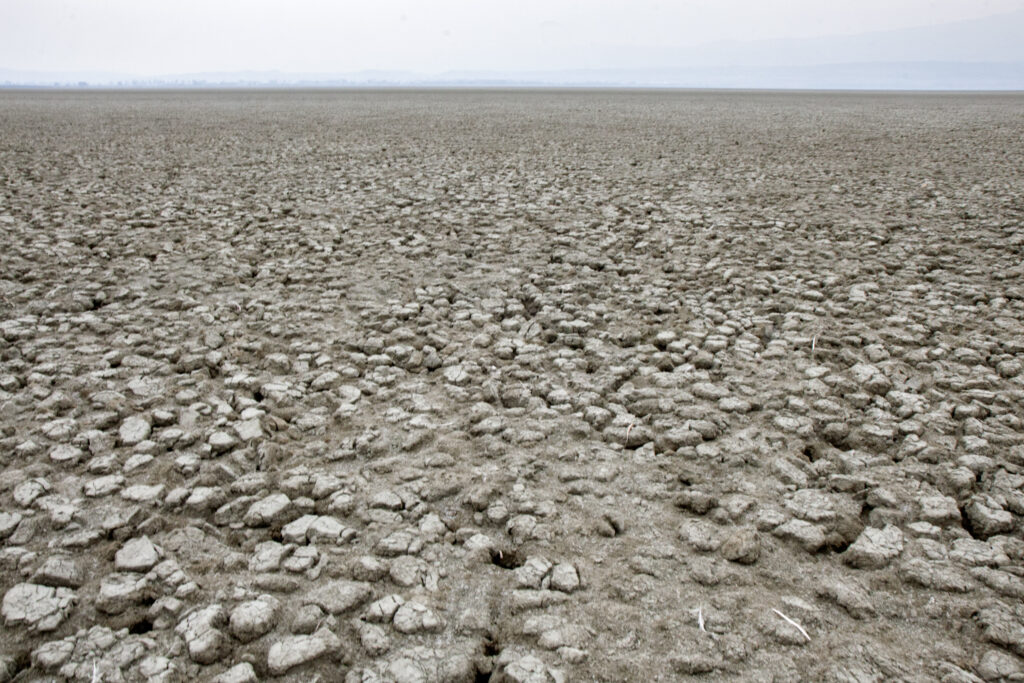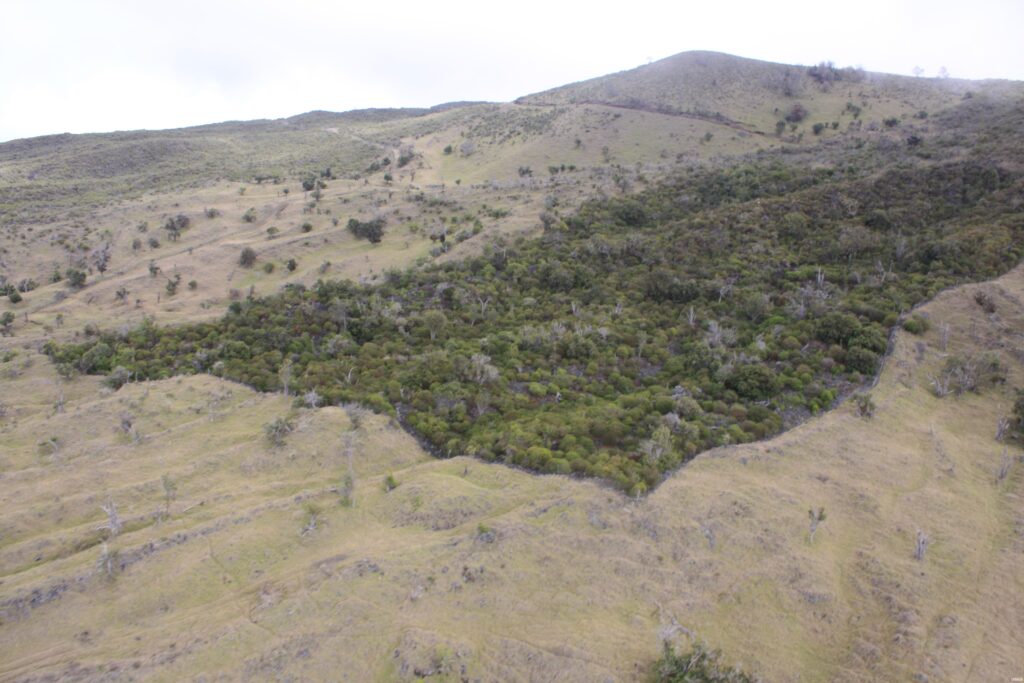When the United Nations held the first worldwide conference on environment and sustainable development in Rio during 1992, the assembled leaders recognized that land degradation was a problem needing immediate and global attention. Two years later, in 1994, the nations of the world came together to create the Convention to Combat Desertification (UNCCD). And to bring global attention to the issue, they also created an annual day of focus on the day the convention was signed—June 17.

Let’s start with the definition of desertification. It is not the spread of existing deserts due to natural phenomena (so don’t choose that on the multiple-choice exam). Rather, says the UNCCD, desertification is the “degradation of land in arid, semi-arid and dry sub-humid areas…. It occurs because dryland ecosystems, which cover over one-third of the world’s land area, are extremely vulnerable to overexploitation and inappropriate land use. Poverty, political instability, deforestation, overgrazing and bad irrigation practices can all undermine the productivity of the land.”
Desertification happens because humans change the ecosystem to make way for agriculture and cities. Consider the numbers. Of the 20% of the earth that is habitable land, half has been modified for agriculture and another bit for cities. Of those agricultural lands, 77% is used for livestock and 23% for cultivated crops. While much of this agricultural land is sustainable for agriculture, 44% is in dryland ecosystems—areas subject to desertification.

Most of this vulnerable land is in Asia and Africa, where the pressure to grow food is high. The result can be loss of soil fertility due to inappropriate cultivation and irrigation or overgrazing by livestock. About 5 billion acres of land have been degraded, and 24 billion tons of soil are lost annually. More than 3 billion humans face lowered quality of life because of desertification. Soil organic carbon, essential for productive land use, has fallen 8% globally, adding to greenhouse gas emissions. the economic cost of all this is estimated to be US$300 billion annually.
The UNCCD, with 197 nations participating, and World Day to Combat Desertification exist to reverse this trend. The day (which sometimes is broadened to cover desertification and drought) chooses an annual theme that focuses on sustainable land-use practices and public education. Many positive programs are operating today. China is creating a new Great Green Wall of China that will include 100 billion trees planted along a 3,000-mile swath of dryland adjacent to the Gobi Desert . In Africa, nations in the Sahel Region are re-vegetating lands that have been degraded, matching the specific plants and cultivation strategies to the local conditions. Often, acacia trees are planted in association with other crops, a type of agro-forestry.

Like most strategies in ecological restoration, fighting desertification yields other benefits. Ibrahim Thiaw, leader of UNCCD, said, “By restoring land, we store carbon, and we also restore biodiversity at the same time, while responding to multiple benefits for local communities.” Land restoration also invests in the local community, providing jobs and improving profits from land-use. The benefit:cost ratio averages about 10:1, and as much as 80% of the economic investments and benefits stay at home.
References:
Funnell, Antony. 2019. China and Africa are building ‘ great walls’ of trees to hold back the desert. But will it work? ABC Radio National, 16 Oct 2019. Available at: https://www.abc.net.au/news/2019-10-17/green-walls-in-china-and-africa-keeping-deserts-at-bay/11602796. Accessed February 29, 2020.
UN Convention to Combat Desertificiation. Land in Numbers 2019. Available at : http://catalogue.unccd.int/1202-Land%20in%20numbers_2%20new-web.pdf. Accessed February 29, 2020.
UN Convention to Combat Desertification. UNCCD History. Available at : https://www.unccd.int/convention/about-convention/unccd-history. Accessed February 29, 2020.
United Nations. World Day to Combat Desertification and Drought 17 June. Available at: https://www.un.org/en/events/desertificationday/. Accessed February 29, 2020.
